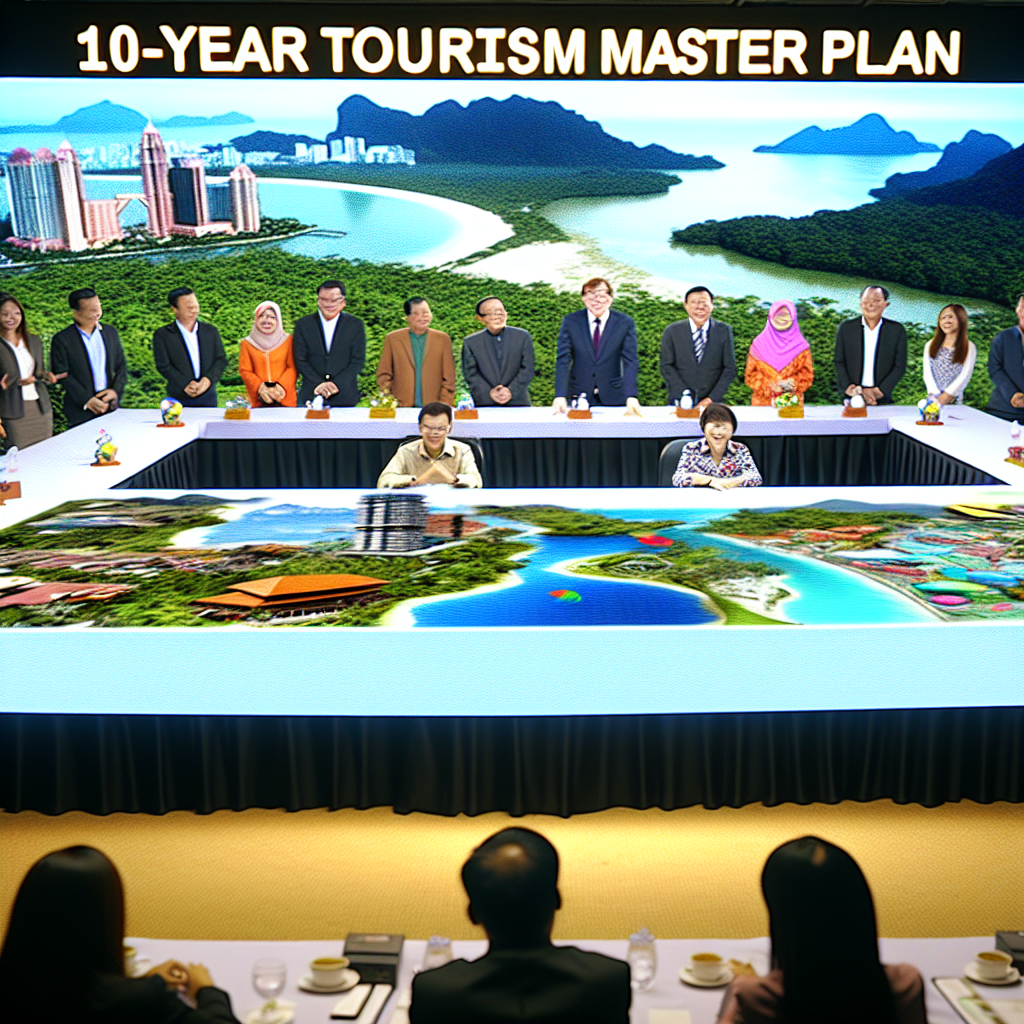Malaysia Unveils 10-Year Tourism Masterplan Focusing on Sustainable Growth
Malaysia, a Southeast Asian gem known for its rich cultural heritage, diverse ecosystems, and vibrant cities, has recently announced an ambitious 10-year Tourism Masterplan aimed at fostering sustainable growth. This strategic initiative seeks to balance economic development with environmental preservation and social inclusivity, ensuring that Malaysia remains a top global travel destination while protecting its natural and cultural assets for future generations.
Overview of the 10-Year Tourism Masterplan
The Malaysian government, through its Ministry of Tourism, Arts and Culture, unveiled the masterplan in early 2024. The plan outlines a comprehensive framework designed to transform Malaysia’s tourism sector by 2034. It emphasizes sustainable practices, digital innovation, community engagement, and diversification of tourism products.
Key objectives of the masterplan include:
- Increasing tourist arrivals to 35 million annually by 2034
- Boosting tourism revenue to RM 200 billion (approximately USD 45 billion)
- Promoting eco-tourism and cultural tourism as core pillars
- Enhancing infrastructure with a focus on green technology
- Empowering local communities and SMEs in the tourism value chain
Embracing Sustainable Tourism Practices
One of the most significant aspects of Malaysia’s masterplan is its commitment to sustainability. The country recognizes the environmental challenges posed by mass tourism, such as habitat degradation, waste management issues, and carbon emissions. To address these, the plan incorporates several initiatives:
- Eco-friendly accommodations: Incentives will be provided to hotels and resorts that adopt green certifications and reduce their carbon footprint.
- Conservation of natural sites: Protected areas like Taman Negara National Park and the Kinabalu Park will receive increased funding for conservation and visitor management.
- Promotion of responsible tourism: Campaigns will educate tourists on minimizing their environmental impact, such as reducing plastic use and respecting wildlife habitats.
- Development of sustainable transport: Expansion of electric vehicle infrastructure and improved public transport options in tourist hotspots.
For example, Langkawi, a UNESCO Global Geopark, is set to become a pilot site for sustainable tourism development under the masterplan. Efforts include limiting visitor numbers during peak seasons and promoting community-led eco-tourism activities.
Leveraging Digital Innovation and Smart Tourism
The masterplan also highlights the role of technology in enhancing the tourist experience and operational efficiency. Malaysia aims to become a smart tourism destination by integrating digital tools such as:
- AI-powered travel assistants and chatbots for personalized visitor services
- Virtual and augmented reality experiences showcasing cultural heritage sites
- Data analytics to monitor tourist flows and optimize resource allocation
- Contactless payment systems and digital health passports to ensure safety and convenience
These innovations are expected to attract tech-savvy travelers and improve Malaysia’s competitiveness in the post-pandemic tourism landscape.
Community Empowerment and Cultural Preservation
Recognizing that tourism’s benefits must reach local populations, the masterplan places strong emphasis on community involvement. It encourages:
- Capacity building programs for local entrepreneurs and artisans
- Promotion of indigenous cultures and traditional crafts through tourism
- Development of homestay programs that provide authentic experiences while generating income for rural communities
- Collaborations with NGOs to ensure equitable and ethical tourism practices
For instance, the Orang Asli communities in Peninsular Malaysia are being supported to develop eco-tourism ventures that showcase their unique cultural heritage while preserving their way of life.
Challenges and Future Outlook
While the masterplan is comprehensive, Malaysia faces several challenges in its implementation. These include managing overtourism in popular destinations, ensuring consistent policy enforcement across states, and securing sufficient funding for infrastructure upgrades. Additionally, global uncertainties such as economic fluctuations and climate change impacts require adaptive strategies.
Nevertheless, the government’s proactive approach and collaboration with private sector stakeholders, local communities, and international partners provide a strong foundation for success. The masterplan’s focus on sustainability aligns with global trends and Malaysia’s commitment to the United Nations Sustainable Development Goals (SDGs).
Conclusion: A Sustainable Path Forward for Malaysian Tourism
Malaysia’s 10-year Tourism Masterplan represents a visionary roadmap that balances growth with responsibility. By prioritizing sustainable tourism, digital innovation, and community empowerment, Malaysia aims to create a resilient and inclusive tourism sector that benefits all stakeholders.
As the world increasingly values eco-conscious travel and authentic cultural experiences, Malaysia’s strategic focus positions it well to attract discerning travelers while safeguarding its natural and cultural treasures. The success of this masterplan will not only enhance Malaysia’s global tourism standing but also contribute to the long-term well-being of its people and environment.





